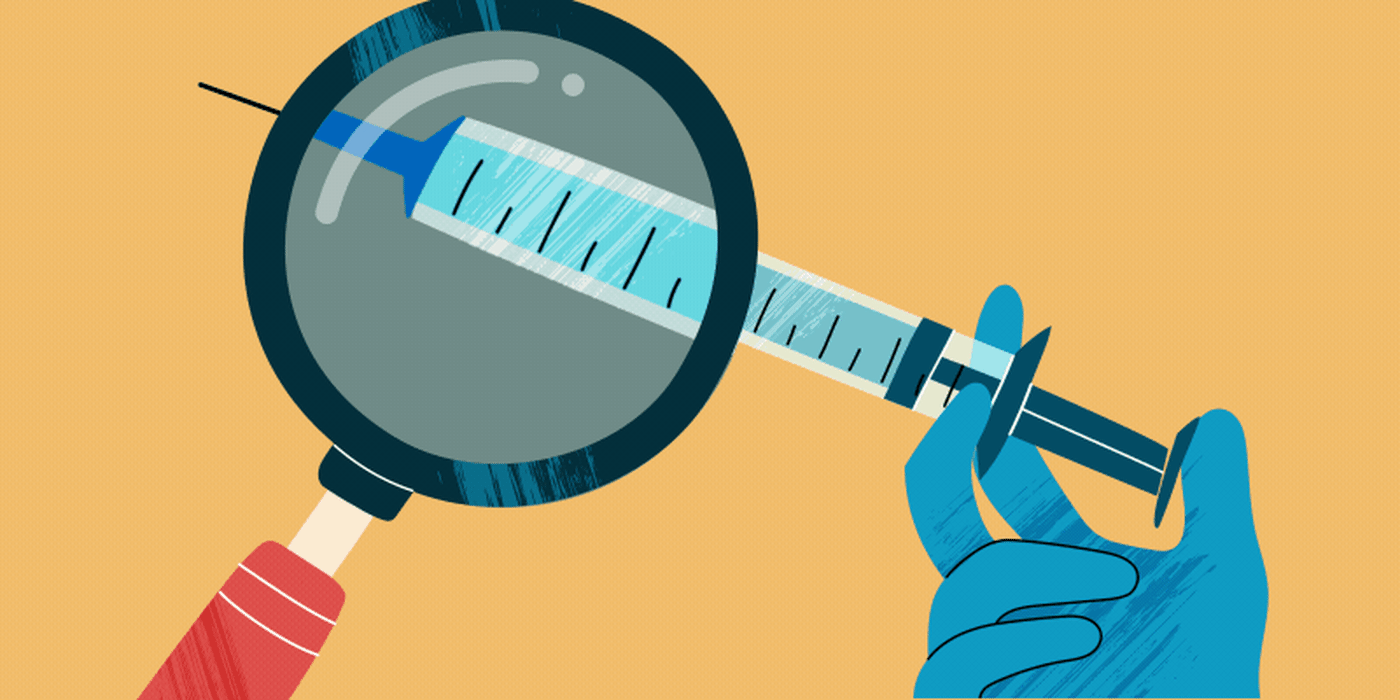“Compassion is killing people" - this is what Mayor Breed of San Francisco had to say about the city’s current approach towards the massive amounts of drug overdoses happening. Drug overdoses in the city rose by almost one-third in August and 80% of the overdoses that have happened in the city in 2023 can be connected to fentanyl. While many people are aware of the role of fentanyl in the current drug overdose epidemic there is a new player that has caused the overdose numbers to skyrocket: xylazine. Xylazine is a non-opioid veterinary drug that is not approved for human usage. Xylazine is a potent CNS depressant, meaning it can cause bradycardia, depression of respiratory rate, and hypotension. According to a report by the DEA, xylazine’s addition to adulterated drugs may be attributed to the fact that xylazine may prolong the drug high and have longer-lasting effects than just fentanyl alone, making it more desirable among drug users. Due to its impact on the opioid crisis, fentanyl mixed with xylazine has been declared an emerging threat by the White House’s Office of National Drug Control Policy. In 2015, xylazine was reported to be involved in less than 1% of the drug overdoses that happened across the 4 U.S. Census regions, but that number increased to almost 7% by 2020. In one systematic review, 59 cases of xylazine overdoses involved 21 fatalities (35.6%), and 17 of the fatal cases involved xylazine in combination with other drugs. This suggests that xylazine used in combination with other drugs is more likely to result in death. The same study found that in the eight cases that naloxone was administered, all patients did recover. That does not mean that naloxone is actually effective against xylazine overdoses on its own. According to the Center for Disease Control and Prevention (CDC), naloxone will not reverse the effects of xylazine itself. However, since xylazine is often used in conjunction with other opioids, such as fentanyl, naloxone should still be administered to reverse the effect of other opioids, such as fentanyl. If the overdose is not caused by an opioid, the administration of naloxone will not cause any harm.
What to do if you suspect a mixed drug overdose:
- Call 911. Getting help in these situations is of the utmost priority. Remember to not leave the person alone and continue to monitor them.
- Administer naloxone. Again, naloxone will not reverse the effects of xylazine but due to the prevalence of the mixing of many opioid drugs together it can help reverse the effects of the other drugs present. Note: multiple doses of naloxone may be needed in order to fully reverse effects.
- If possible provide rescue breaths. In cases involving xylazine rescue breaths may need to be administered.
Dr. Gupta, Sharanya Akula, M1 and Artin Allahverdian, M1, have no conflicts of interest to report.
Animation by Diana Connolly






